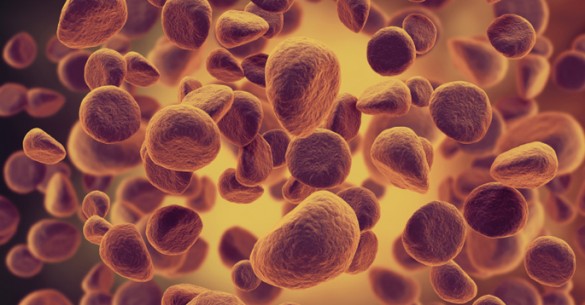
The oncogene LMO2 is deregulated in the majority of human acute T-cell leukemia (T-ALL) cases. To explore the pathophysiology of T-ALL – and search for other oncogenes involved in the disease – Utpal Davé, M.D., assistant professor of Medicine, and colleagues generated transgenic mice expressing high levels of Lmo2 (the mouse version of LMO2) in T-cells.
The investigators analyzed gene expression in the leukemias that developed in these mice and found two patterns of expression. One showed activation of Lyl1, Hhex and Mycn – genes that are also expressed in human Early T-cell Precursor ALL (ETP-ALL), a treatment-resistant subtype of the disease. The alternate pathway involved increased expression of Notch1 and its targets. The investigators discovered that Hhex is a target of Lmo2 and showed that inactivation of Hhex in the Lmo2 transgenic mice reduced T-ALL development – demonstrating that Hhex is a crucial mediator of Lmo2’s oncogenic function.
The study, reported Jan. 21 in PLOS ONE, reveals gene clusters important in T-ALL pathophysiology and provides a model for the highly treatment-resistant ETP-ALL subtype.
This research was supported by a VA Merit award from the Department of Veterans Affairs, and by grants from the National Institutes of Health (HL089403), the Leukemia & Lymphoma Society and the Vanderbilt-Ingram Cancer Center.
Send suggestions for articles to highlight in Aliquots and any other feedback about the column to aliquots@vanderbilt.edu












